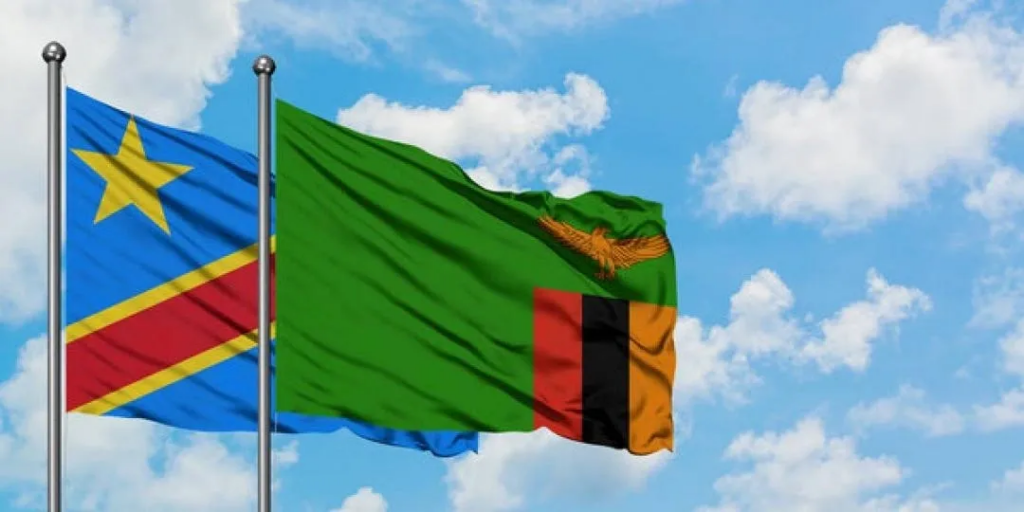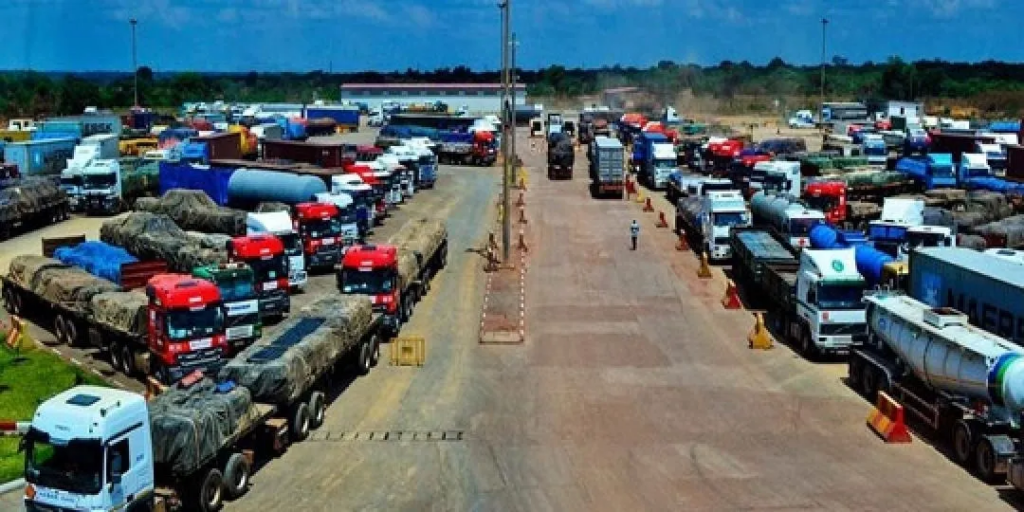
China has Belt and Road, now the US has the Lobito Corridor from Angola to Zambia
In about five years, the Group of Seven (G7) countries aim to have completed what is arguably a response to China’s Belt and Road Initiative (BRI) investments in Africa.
The G7’s flagship in Africa is the Partnership for Global Infrastructure and Investment (PGI) project, the Lobito Corridor.
The feasibility study for the project is expected to start by year-end, but construction should be done within the next five years, said the acting special co-ordinator for the Partnership on Global Infrastructure Investment, Helaina Matza.
“We want this rail to be built within five years. That’s complicated for any large-scale rail project, let alone one that’s crossing multiple jurisdictions,” she said.
The Lobito Corridor and the Zambia-Lobito rail line will stretch from southern Africa to central Africa.
It will cut across Zambia, Angola, and the Democratic Republic of the Congo (DRC).
China President Xi opens forum, promises more funds for Belt and Road Initiative projects
The project involves building 260km of primary feeder roads and about 550km of rail line in Zambia, spanning from the Jimbe border to Chingola in the country’s copper region.
After the project is completed, it will expand an economic corridor that connects the host nations with global markets, promoting regional prosperity and trade as well as the common goal of a connected, open-access train that runs from the Atlantic to the Indian Ocean.
In July this year, Zambia, the DRC, and Angola came together to sign a memorandum of understanding (MoU) on how to revive the corridor that is set to be the shortest and fastest way to port from the major mining districts.
A consortium led by multinational commodities trader Trafigura will run the R10.5 billion railway project.
This presented an opportunity for the United States and its partners (G7) to be part of a promising project.
As such, on the sidelines of the 2023 Global Gateway Forum in Brussels, Belgium, last week, the African Development Bank (AFDB), the US, European Commission, Zambia, Angola, and the DRC signed another MoU outlining the partners’ intentions to collaborate across multiple sectors to realise the full economic potential of the corridor.
The US is already doing infrastructure work in Angola; therefore, it made sense to jump on the opportunity to work on the full Lobito route.
“When we found the opportunity to support the work that the DRC Government, the Angolan Government, and the Zambian government had already decided they wanted to do in their tripartite agreement, which they very serendipitously signed on 4 July this year, we wanted to make sure we were doing everything we could to help with those efforts.
Angola and DRC announce joint project to rehabilitate railway line
“And we had some early PGI success in Angola, where over the course of the last year this initiative has been in motion for a little over a year and a half; our implementation team has been around for about nine months, and now we have a full team on the US side doing this work,” she added.
Matza said it was an American policy to “focus on these important economic corridors that promote connectivity, that allow us to layer investments across the telecoms space, the energy space, and then, of course, supporting the development of rail and ports.”
This is a direct challenge to China’s BRI, largely viewed as an unsettling extension of China’s rising power.
It will be impossible to avoid working with China on the Lobito project since Mota-Engil, partly owned by China Communications Construction Corporation (CCCC), signed an agreement to run the Lobito Corridor as part of a consortium led by Trafigura.
Source:- The News24 Africa Desk



